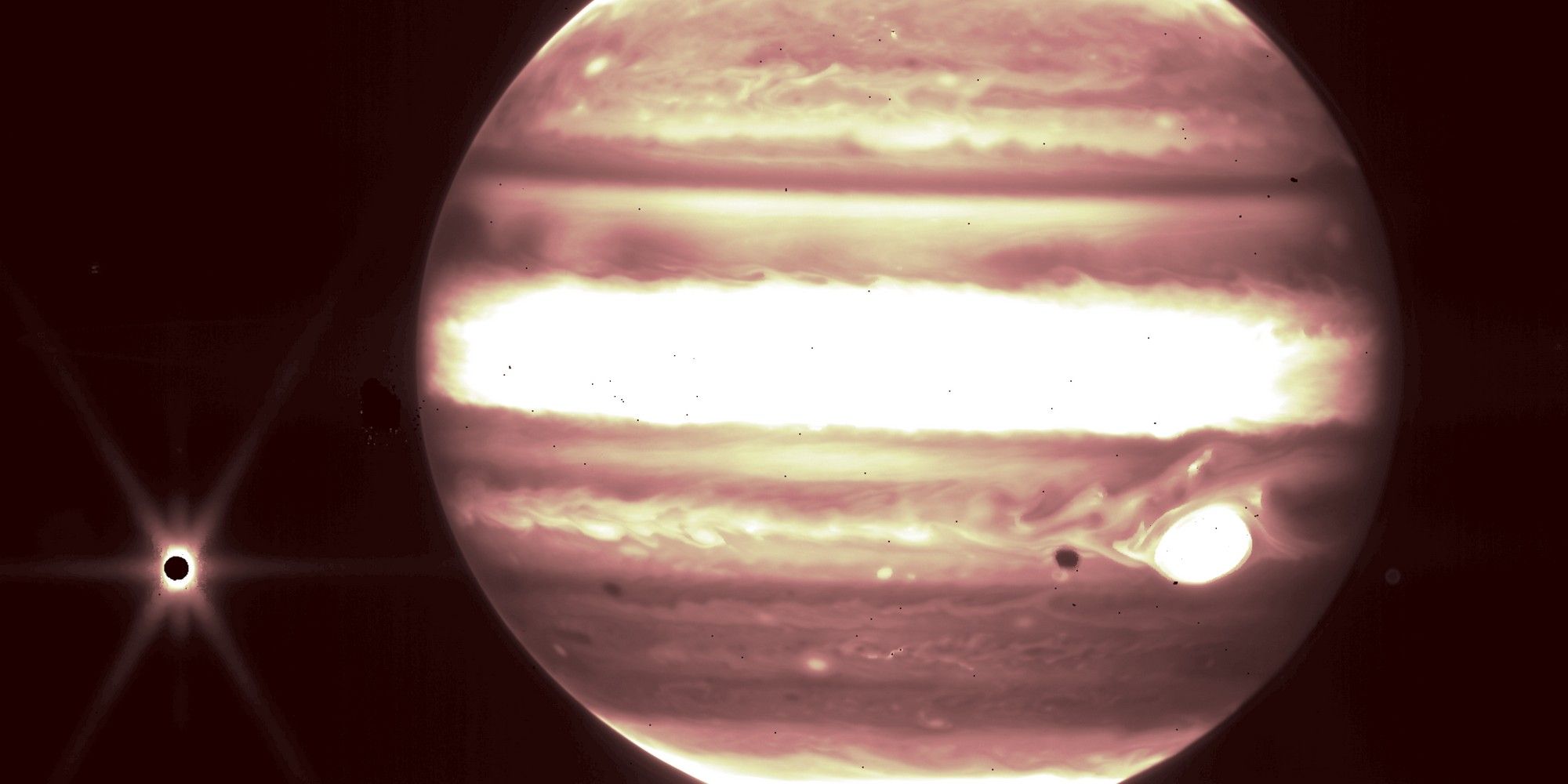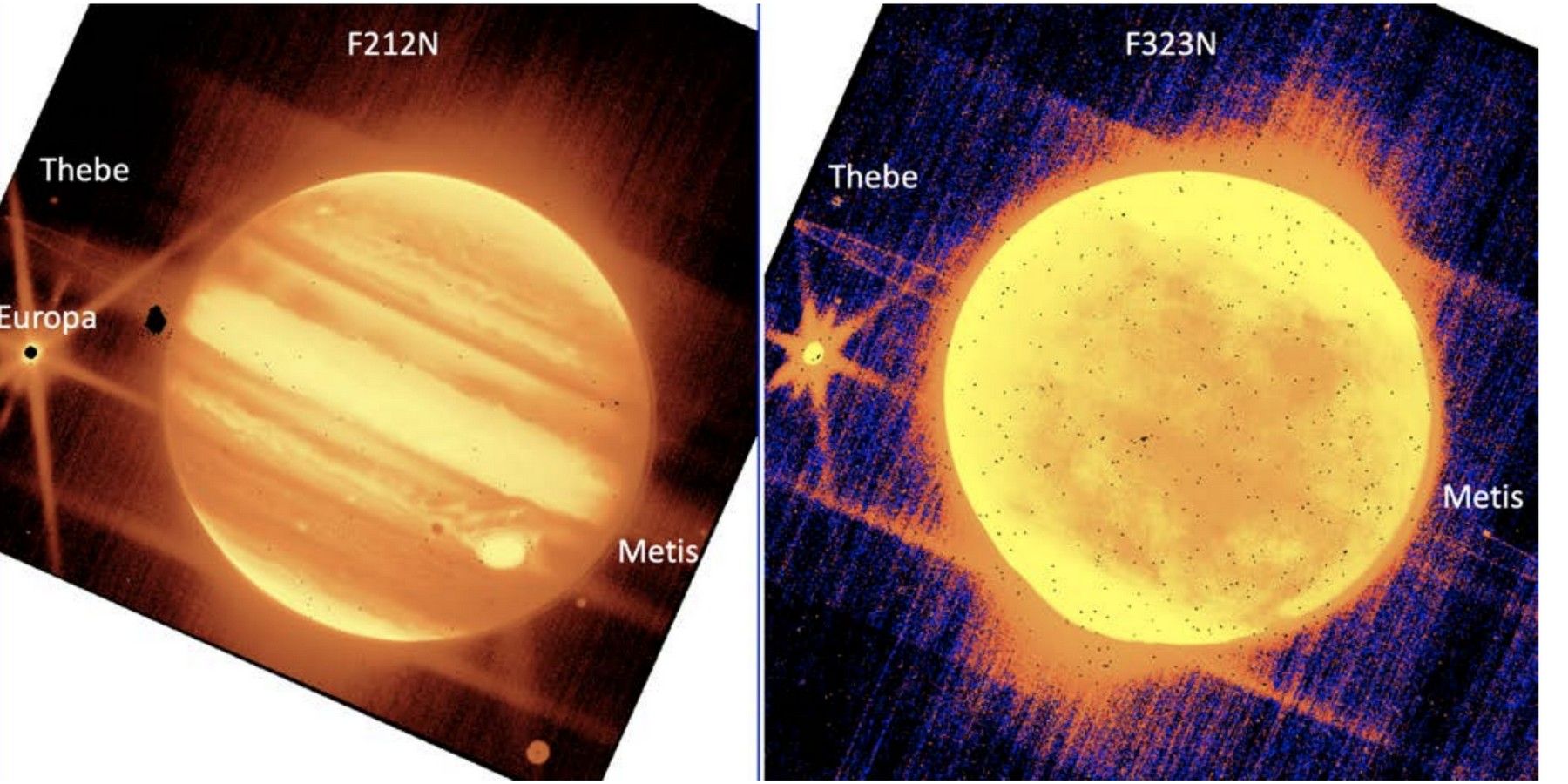Take A Very Good Look At Jupiter And Its Rings, Thanks To James Webb

As the world marvels at the stunning first set of deep space images captured by the James Webb Space Telescope, NASA has also released a new batch of images captured during Webb’s early testing days, revealing a fresh look at Jupiter as well as the surrounding satellites and asteroids. While Jupiter may not sound fascinating to folks dreaming about finding life signatures there, the massive planet is brimming with mysteries.
Recent Hubble data revealed that the Great Red Spot, a massive storm raging for centuries on the planet, is actually picking up pace. Subsequent findings courtesy of the Juno probe divulged that the storm is much deeper than previously thought, and could extend anywhere between 300 to 500 kilometers beneath the clouds. To put that into perspective, if the storm were plucked from Jupiter and placed on the Earth’s surface, it would touch the International Space Station. It now appears that the Webb telescope is ready to untangle more cosmic threads surrounding the behemoth.
Amidst the debut of Webb's first set of cosmic captures, the Space Telescope Science Institute’s Mikulski Archive for Space Telescopes has quietly released images of Jupiter and its neighbors, clicked during the telescope's commissioning phase. These images prominently show Jupiter and its Europa satellite, alongside the other two moons of the gas giant – Thebe and Metis. Aside from Jupiter's rings, the images also offered a spectacular infrared view of the planet's distinct bands and the Great Red Spot, which appears as a giant white eye in the new imagery. The key takeaway here is that the Webb telescope can “track solar system targets and produce images and spectra with unprecedented detail.”

The telescope's NIRcam also captured a filter image that shows Jupiter's massive rings. Asteroid 6481 Tenzing was also among the objects captured by the Webb in its pre-deployment days, and it also served as one of the tests to determine how fast an object must move for it to be captured by the telescope. It was later discovered that the telescope can capture objects that can move twice as fast as Mars, a pace initially set as the baseline. While the images don't deliver anything spectacular or new discoveries, they serve as a testament to Webb's ability at observing elements like satellites and rings around bright objects in Earth's solar system such as Saturn and Jupiter.
Scientists are now pondering whether the ambitious telescope will let them "see plumes of material spewing out of moons like Europa and Saturn’s moon Enceladus." Luckily, the floating space observatory is armed with equipment capable of detecting plume signatures on the surface of bodies like Europa. This particular moon is of special interest to scientists, owing to its peculiar atmospheric chemistry and orbital coordinates. Last year, data collected by the Hubble telescope helped uncover the existence of water vapor streams on one of Europa's hemispheres. NASA's Europa Clipper mission is also actively looking for liquid water on Jupiter's enigmatic moon. In fact, Europa is also on the radar of scientists trying to find signs of extraterrestrial life. A recent NASA-funded study also suggests that beneath its icy surface, aquatic life might well be flourishing, or at least struggling to survive.
Source: NASA
from ScreenRant - Feed https://ift.tt/C5yApSo
via Whole story

Post a Comment